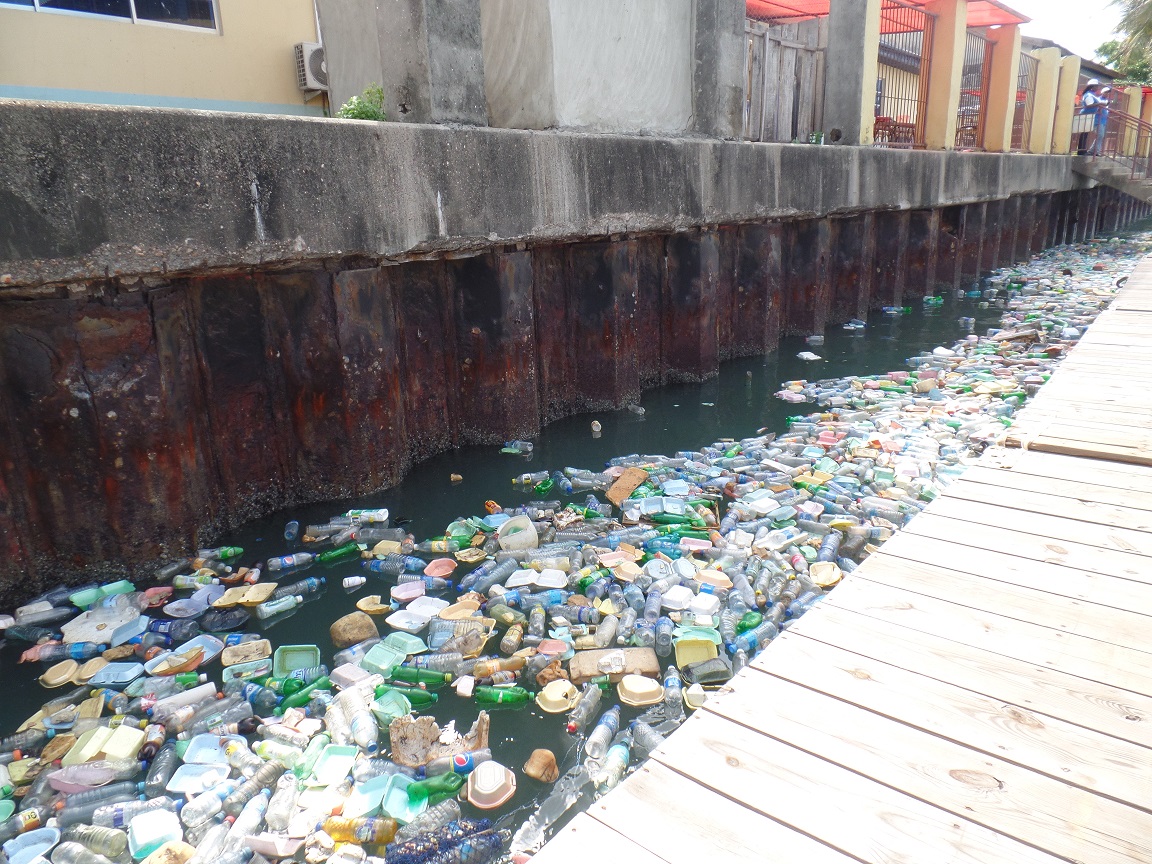In Nairobi this month, the world’s governments will discuss the path towards the first global treaty to tackle plastic pollution. But with multiple proposals on the table, the scope and ambition of a future treaty hangs in the balance.
The UN Environment Assembly, which is scheduled for 28 February to 2 March in the Kenyan capital, could deliver a mandate for an intergovernmental negotiating committee to broker an agreement obliging all countries to eliminate plastic leakage – especially into the ocean – through national targets and plans for reduction, recycling and management.
There’s an incomprehensible amount of plastic in the ocean – up to 51 trillion fragments in surface waters alone. Marine plastic pollution harms animals, which ingest or become entangled in it, while the risk to humans who eat seafood contaminated with it is still unknown.
Much of the plastic entering the sea comes from rivers: a 2017 report found that up to 95% was coming from just 10 river systems, with eight of these in Asia. A lot of this stems from developed nations, who have exported it to developing countries to recycle or dispose of. In 2018, China banned “foreign garbage” after years of importing almost half of the world’s plastic waste.
As well as large accumulations of floating plastic, such as the Great Pacific Garbage Patch, which covers an area three times the size of France, scientists are concerned about microplastics of less than 5mm. These have been found everywhere from the remote Antarctic to the deepest ocean trench.
Nor is plastic pollution restricted to water. Plastics have been detected in every corner of the Earth, from the Arctic to the top of Everest. What’s more, plastic production is a major driver of climate change. If the whole plastics lifecycle were a country, it would be the fifth-largest emitter of greenhouse gases.
While technological solutions to clean up plastic waste are proving successful, and attempts to curb the use of single-use plastics are popular, the challenge remains to limit the production of the material in the first place. Only a global deal can achieve this.
The Maritime-Executive

































































